Introducing your little one to water early can be a joyful and enriching experience. Baby swimming is more than just playtime—it supports physical development, builds water confidence, and strengthens the parent-child bond. Many parents begin baby swimming as early as six months old, though some programs accept infants from three months if they are healthy and fully vaccinated. These sessions typically take place in warm, clean pools with gentle lighting and soothing music to create a calming atmosphere.
Instructors guide caregivers through supported movements, floating exercises, and fun games that promote coordination and balance. Over time, babies grow more comfortable in the water, react less to splashes, and even learn basic propulsion skills. As awareness of its advantages spreads, baby swimming has become a popular activity in family routines across cities and towns. This article explores the many benefits, safety practices, class types, and essential tips for starting your child’s journey in the water.
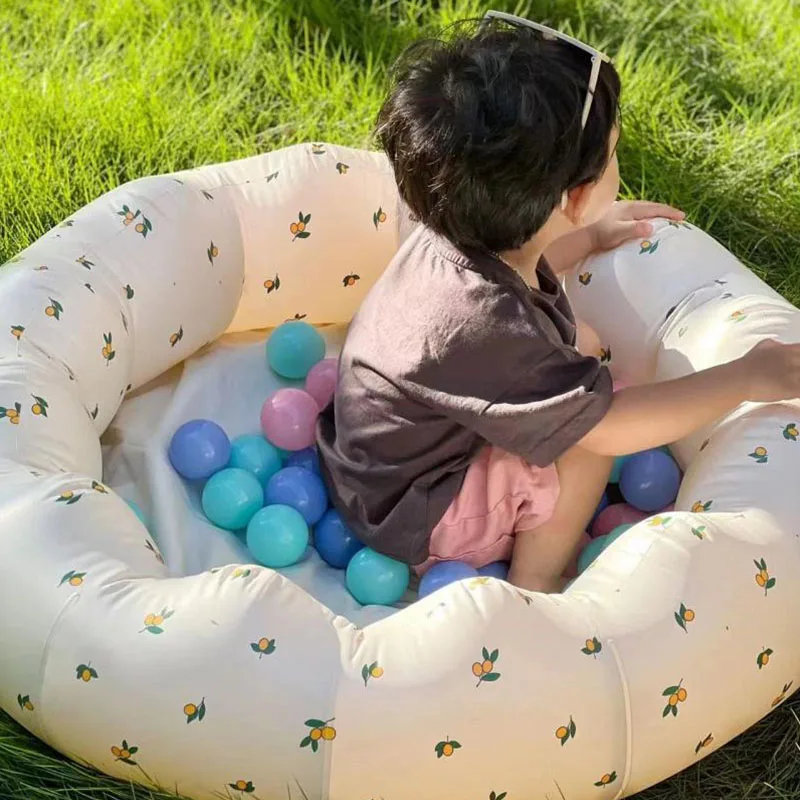 Why Baby Swimming Is Beneficial for Early Development
Why Baby Swimming Is Beneficial for Early Development
Engaging in baby swimming offers multiple developmental advantages. First, it enhances motor skills. The resistance of water helps build muscle strength in arms, legs, and core. Babies who swim regularly often sit, crawl, and walk earlier than non-swimmers.
Second, water activities improve balance and coordination. Floating, kicking, and reaching motions require body awareness. These actions stimulate neural pathways linked to spatial orientation and movement control.
Third, baby swimming supports cardiovascular health. Gentle swimming increases heart rate in a safe way. This promotes healthy circulation and lung capacity over time.
Fourth, sensory development gets a boost. The feel of water, sound dampening, and temperature changes provide rich sensory input. Such stimulation is vital during the brain’s rapid growth phase in the first year.
Fifth, social interaction improves. Group classes allow babies to observe peers and respond to voices and faces. Even at a young age, they pick up on rhythm, songs, and group cues.
Sixth, sleep and appetite often improve after swimming. Physical activity tires babies in a healthy way. Many parents report deeper naps and better nighttime sleep following regular sessions.
Finally, emotional bonding strengthens. Parents hold, guide, and comfort their babies throughout each lesson. Skin-to-skin contact and eye contact deepen attachment and trust.
Because of these combined effects, baby swimming is not just recreational—it plays a meaningful role in holistic growth.
Choosing the Right Pool and Class for Your Baby
Finding a suitable environment is key to a positive baby swimming experience. First, look for pools heated to 85–90°F (29–32°C). Warm water prevents babies from getting cold quickly. It also reduces stress and keeps muscles relaxed.
Second, check the pool’s hygiene standards. Clean filtration systems and balanced chlorine levels protect delicate skin and eyes. Ask about daily maintenance routines and air quality in indoor facilities.
Third, consider class size. Smaller groups—ideally 4 to 6 babies per session—allow instructors to give personalized attention. Overcrowded classes may limit hands-on guidance.
Fourth, evaluate instructor qualifications. Certified baby swimming teachers understand infant physiology and safety protocols. They should have training in CPR and water rescue.
Fifth, observe teaching methods. A good class uses songs, toys, and repetition to keep babies engaged. Instructors should encourage but never force submersion.
Sixth, assess the schedule. Weekly lessons work best for consistency. Choose a time when your baby is usually alert and well-fed, such as late morning or early afternoon.
Seventh, visit before enrolling. Watch a session to see how babies respond. Look for smiling faces, calm parents, and smooth transitions between activities.
Additionally, some centers offer trial classes. Use this opportunity to gauge comfort levels before committing. The right fit makes all the difference in building confidence.
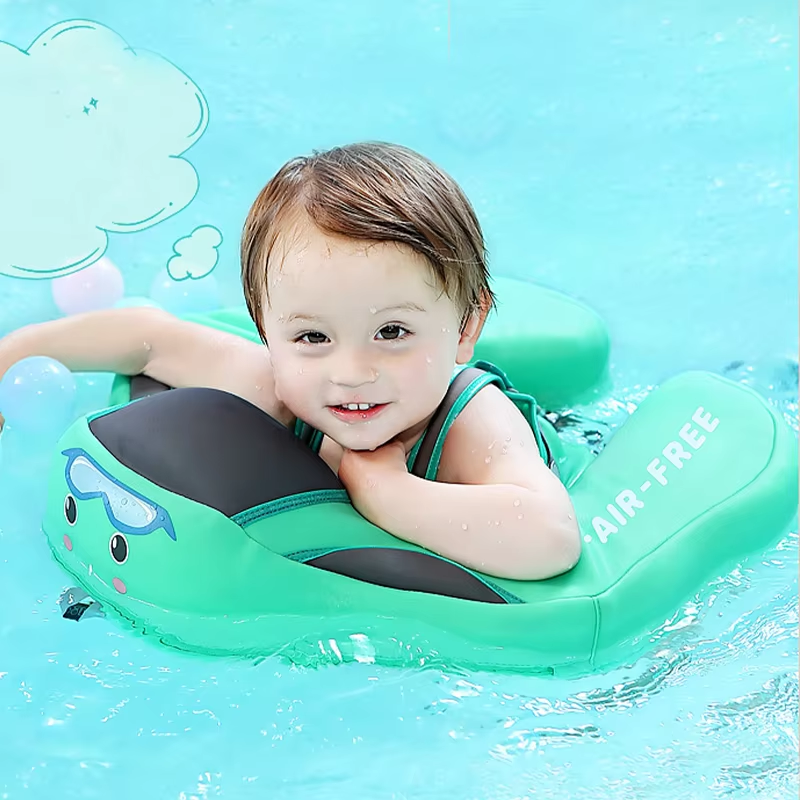 Essential Gear Needed for Swimming Sessions
Essential Gear Needed for Swimming Sessions
Having the proper equipment ensures safety, comfort, and cleanliness during baby swimming. Start with a reliable swim diaper. Disposable or reusable options prevent contamination of pool water. Regular diapers will swell and fall apart in water.
Next, choose a snug-fitting swimsuit. One-piece designs are easiest for movement. Avoid loose fabric that can tangle or restrict kicking.
Also, pack a soft towel with a hood. Babies lose heat quickly after exiting the water. A hooded towel wraps around the head and neck to retain warmth.
Bring a change of clothes for after the swim. Wet outfits cause discomfort and increase the risk of chills. Having dry clothes ready speeds up post-swim routines.
Consider using a swim cap. Silicone or latex caps reduce hair wetness and help maintain body heat. Some babies find them comforting once they get used to the feel.
Water-safe sunscreen is important for outdoor sessions. Apply it 15–20 minutes before entering the sun. Focus on exposed areas like face, shoulders, and back.
Floatation aids may be used under supervision. Inflatable armbands or buoyancy vests support beginners. However, always keep hands on your baby—never rely solely on aids.
Lastly, pack a few favorite bath toys. Small floating animals or squirt toys make lessons more engaging. Familiar objects reduce anxiety in new environments.
With these items ready, you’ll feel prepared and confident at every session.
Safety Tips Every Parent Should Know Before Starting Swimming
Safety must come first in any baby swimming activity. Begin by ensuring your baby is healthy. Avoid swimming if they have a fever, ear infection, or diarrhea. Wait at least two weeks after illness or vaccination.
Always stay within arm’s reach. No matter how calm the water seems, babies can slip or panic suddenly. Keep one hand on your baby at all times.
Never dunk your baby underwater intentionally. While brief, controlled submersions may occur in class, forced diving causes fear and breathing issues. Let your baby adapt naturally.
Watch for signs of fatigue. Shivering, pale skin, or fussiness means it’s time to exit. Limit initial sessions to 15–20 minutes. Gradually extend as your baby adjusts.
Avoid crowded or loud pools. Overstimulation can overwhelm infants. Calm settings with gentle sounds support focus and relaxation.
Check water depth. For babies under 12 months, shallow ends of 2–3 feet are safest. Deep water increases risk even with flotation devices.
Rinse your baby with fresh water after swimming. Chlorine or salt residue can irritate sensitive skin. Follow with a moisturizer to prevent dryness.
Teach older siblings to be gentle. Excitement around water can lead to splashing or accidental pushes. Supervise all interactions closely.
By following these precautions, you create a secure and enjoyable environment for learning.
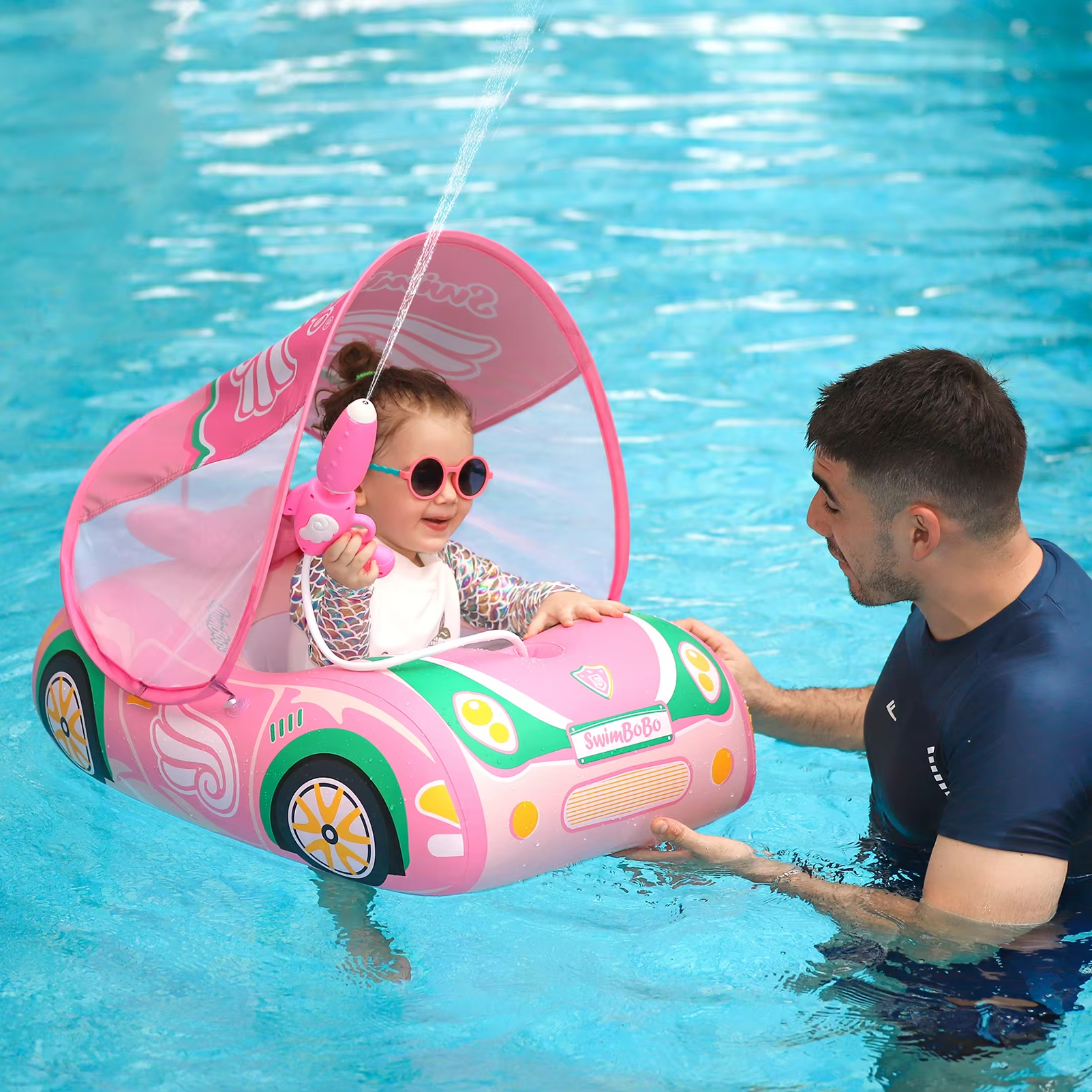 Frequently Asked Questions About Swimming
Frequently Asked Questions About Swimming
Is baby swimming safe for newborns? Most experts recommend waiting until 3–6 months. Ensure vaccinations are up to date and consult your pediatrician.
Can babies breathe underwater? No. Any submersion should be brief and voluntary. Babies instinctively hold their breath, but this reflex fades quickly.
How often should we attend classes? Once a week is ideal. Consistency helps build skills and confidence without overwhelming the baby.
Do I need to know how to swim? Not necessarily. Classes are designed for caregivers of all skill levels. You’ll stay in the water with support.
Will my baby learn to swim independently? Not at this stage. Baby swimming focuses on water comfort, not full swimming ability.
Can I use floaties? Only under direct supervision. Devices don’t replace adult attention. Prioritize supported play over reliance on gear.
What if my baby cries during class? It’s normal. Try shorter visits and gradual exposure. Comfort them immediately and try again later.
These answers help ease concerns and prepare families for success.
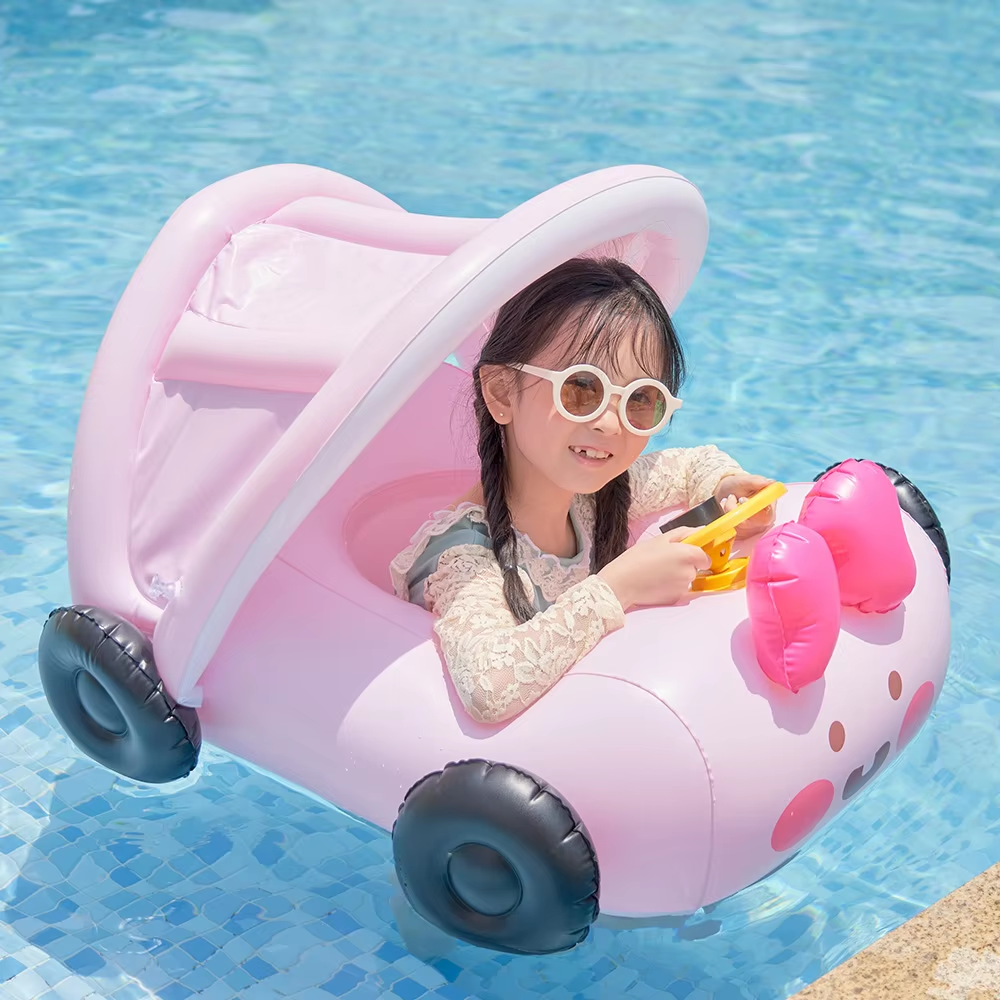 How Swimming Builds Water Confidence and Reduces Fear
How Swimming Builds Water Confidence and Reduces Fear
One of the greatest long-term benefits of baby swimming is the development of water confidence. Babies who start early tend to feel more at ease around water as they grow. Instead of fearing splashes or baths, they respond with curiosity and excitement.
First, repeated exposure normalizes the aquatic environment. Sounds, sensations, and movements become familiar. This reduces startle responses over time.
Second, guided floating teaches body awareness. When babies learn they can rest on the surface with support, they gain trust in the water’s buoyancy.
Third, playful routines create positive associations. Singing songs, using toys, and gentle glides make swimming feel like fun, not a challenge.
Fourth, parents model calm behavior. When caregivers appear relaxed, babies mirror that emotion. Nervous energy can transfer quickly, so staying composed matters.
Fifth, small achievements build courage. Reaching a toy, kicking across the pool, or completing a mini-journey with help gives a sense of accomplishment.
Sixth, group settings show babies they’re not alone. Seeing others splash and laugh encourages participation and imitation.
Seventh, consistent progress fosters independence. Though still dependent on adults, babies begin to initiate movements and express preferences.
Over time, this confidence extends beyond the pool. Showers, bathtubs, and beach trips become easier and safer. Early experiences lay the foundation for lifelong water safety.
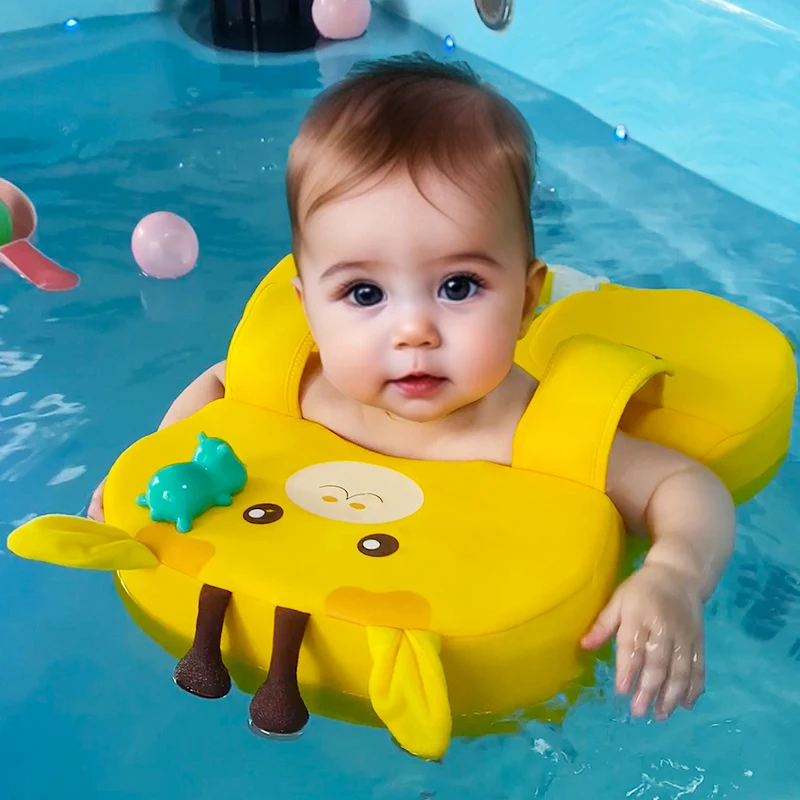 Final Thoughts
Final Thoughts
Starting your child’s journey with baby swimming is a gift that keeps giving. From physical development to emotional bonding, the benefits are wide-ranging and long-lasting. With the right class, gear, and mindset, every session becomes a moment of joy and growth. Whether you’re easing fears, building strength, or simply playing together, baby swimming connects families in a unique and meaningful way. So grab your swim diaper, pack the towels, and dive into this wonderful adventure—one splash at a time.